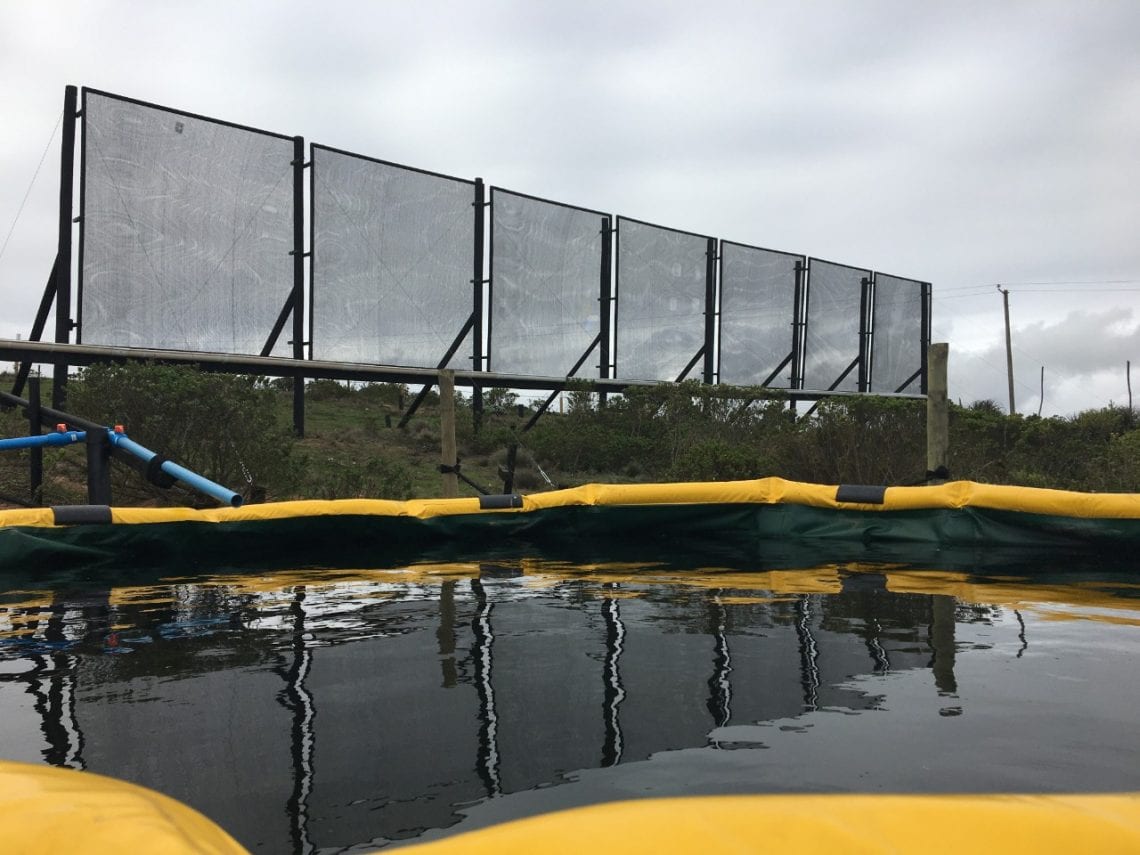Fog catcher

Access to water has become a serious problem in the world and fog catchers can be the solution in many regions of the world
Fog catchers can be the solution where access to water has become a serious problem in many regions of the world.
It is essential to find and develop new sustainable ways of collecting water, such as fog catchers. In a context of rising temperatures due to global warming, desertification and water scarcity are on the rise. More than 2 billion people in the world lack access to basic water and sanitation services.
For this project it is necessary to develop new types of industrial meshes, suitable to improve water condensation and to create a group of international advisors to develop the project globally, in the regions suitable for this system.
What are fog catchers?
These are systems used to collect microscopic water droplets in the fog. The system consists of a group of panels, in the form of a mesh. The diameter of the holes through which the water is filtered is very small. The meshes are made of polypropylene yarns, although other materials can be used. They are then transformed into reusable water, both for irrigation and livestock activities and for human consumption. This mechanism has proven to be very useful, especially in places where there is a great lack of water.
How do fog catchers work?
The fog trap works in places where there is a large presence of fog. Fog is a geographical phenomenon that is more noticeable in high mountains and along the coasts. Experts define it as a mass of air, in which there are small water droplets, so light that they are held in the wind.
The fog catcher system is developed by meshes that are placed on metal supports that serve as a structure. The panels are placed in high spaces. During a night, one square meter of the panels could absorb between three and five liters of water; although in several regions of the world they have been able to capture up to 30 liters per square meter per day. However, the performance of the fog catcher system will depend on several factors, especially environmental factors such as dew point, air humidity and wind direction.
The microparticles of water are deposited on these panels. There they concentrate to form larger water droplets. Then, after reaching a certain weight, they fall due to gravity. These droplets reach collectors, which are placed under the panels. From these collectors they can go, through a system of canals, to fields to act as irrigation. The water can also be stored in tanks for human consumption.
How many types of fog catchers are there?
There are different types of fog catchers. The most common ones are composed of vertical structures. However, experts have presented other structures, such as an inverted pyramid and even high towers.
Fog-catcher technology is already used in several countries around the world. In Latin America, one of the first to take advantage of its benefits was Chile, especially to obtain water in the enormous Atacama Desert. Later, this invention spread to other countries that have suffered from droughts, such as Guatemala, Mexico, Colombia, Ecuador and Peru. Fog catchers can also be found in African nations such as South Africa, Yemen and Namibia. In Europe, Croatia and Spain have experience in the use of this technology.
Fog Catcher Project
Project sent by: Alejandro Ortega
Country: Chile
Request: sponsor divulgation of the system
Status: in evaluation
